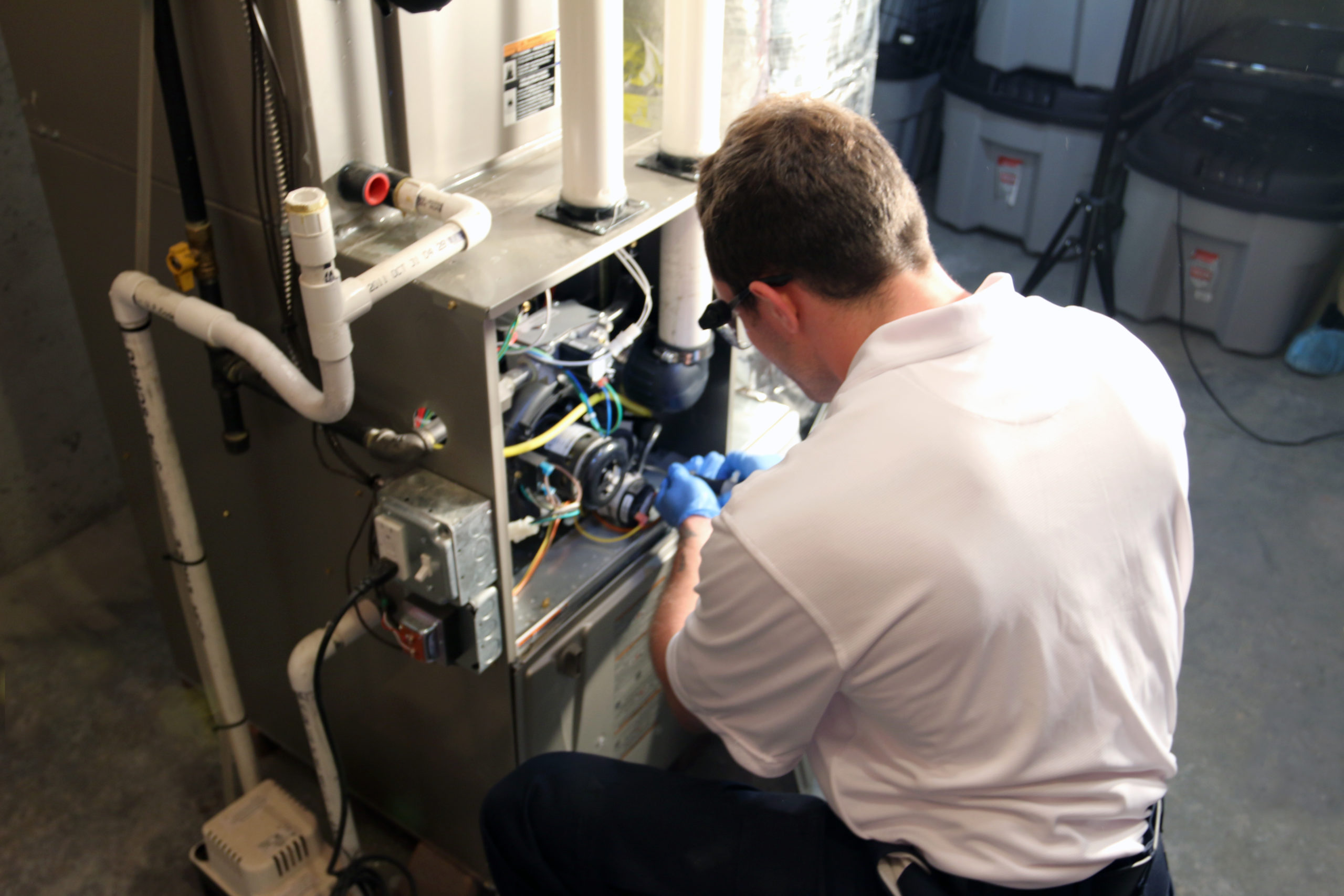There is a lot of information out there on the web about how to best care for your HVAC system, how to conserve energy, and even how to select the best heating system for your home. Some of it is good information, but other tidbits come from unreliable sources leading to homeowners sadly believing in some common furnace myths. Unfortunately, misinformation is often what leads homeowners to use their furnaces inefficiently, therefore costing them more in the long run and/or leading to premature furnace shut down.
We’re going to go through just a few of the most common furnace myths that if you listen to, could cost you. Read on!
Myth #1: Air Filters Are for Indoor Air Quality and Don’t Need to be Changed Often
First off, the air filter that comes standard with your furnace is not there to protect your indoor air quality. It certainly doesn’t hurt, but its purpose is actually to protect the interior components of your HVAC system from dust, dirt, and other debris that can infiltrate it and impact its effectiveness.
During periods of HVAC system use, your air filter should be changed every 1-3 months—and changing it is something you can and should do on your own. Of course, some filters can be harder to change than others so if you do need our assistance, we are happy to help!
But waiting until your next maintenance appointment is a mistake, since the most often it will get changed then is twice a year—once during your air conditioning tune-up and once during your furnace tune-up.
Myth #2: Turning Your Thermostat Up High Will Heat the Home Faster
Unfortunately, this just isn’t the case. In fact, you aren’t achieving anything except energy waste by indulging in this myth. When you turn your thermostat up higher than it needs to be, your furnace will have to run longer in order to achieve that temperature.
The airflow will not be any stronger, and the actual air coming through your vents will not be any warmer. Your thermostat essentially serves as a complex “on-off” switch, turning your furnace on when temps drop below your desired setting, and turning off once it meets your setting.
Truth be told, a furnace can struggle to reach a temperature that’s too far beyond what it is outdoors. This means that if you turn your thermostat up too high, you are asking your furnace to keep running despite the fact that it will never be able to reach that temperature.
The lower the temperature is inside your home, the slower the rate of thermal energy loss—this means your home will lose heat faster the higher you set your thermostat. So what’s the ideal setting? It’s recommended that you set your thermostat between 68-72°F when people are home, and 8-10° lower than that when the home is unoccupied.
Myth #3: Thermostat Placement Doesn’t Matter
Not quite! If your thermostat is located in a spot of your home that is sunnier than most of the rooms, it’s not going to accurately depict the actual temperature inside the home. This is not only inefficient for your furnace, which will shut off before you need it too, but also for your air conditioner, which will run longer than it really needs to in the summertime.
This is one of the many reasons professional HVAC installation is so important—even if it’s “just” your thermostat. Accuracy means a lot when it comes to HVAC efficiency and cost savings!
For expert heating repair in Aurora, CO, contact Aurora Plumbing Company! We have someone in your neighborhood today.



